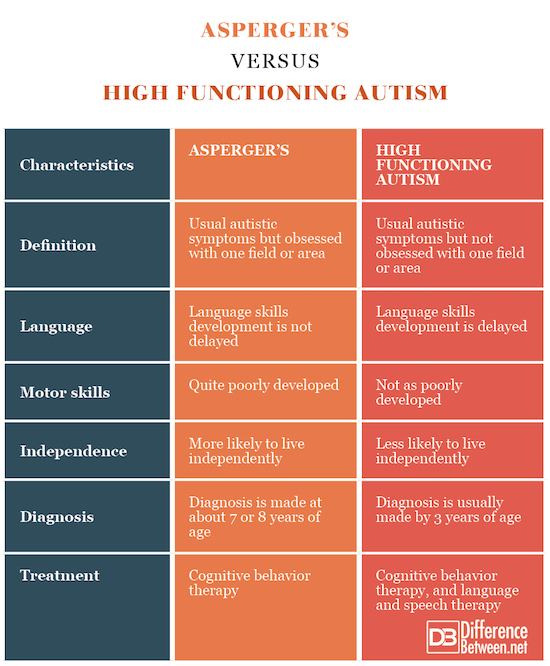


Sometimes intense interests in certain topics are looked for, in addition to skills for tolerating and resolving conflict. Often, high functioning autism can be more difficult to diagnose because of the individual’s high levels of intelligence. Joint attention is important as it is a building block towards imitation and learning. Granted babies and toddlers don’t always pay attention to books when the adult is ready to read to them, but when the child has the capacity to demonstrate joint attention, it's notable. In contrast, this is not happening if the adult is reading the book and the child is walking around the room, looking at other toys, noticing things outside instead. A classic example is reading a book together, if the child can sit with the adult and look at the book, enjoying the pictures and pages together, this demonstrates joint attention. Joint attention or shared attention means that the caregiver and child are paying attention to the same thing at the same time. Such signs and symptoms of social difficulty in a toddler may include difficulty with eye contact, lack of pointing to show interest, or lack of joint attention. Parents often start with speech evaluations, but a social delay must also be identified to meet the criteria for high functioning autism, as well as behavioral involvement. This is different from Asperger’s, because those who were previously diagnosed with Asperger’s later in life (according to the DSM-IV), did not have language involvement as toddlers. Children with high functioning autism also struggle reading body language and can display their emotions inappropriately.Īccording to the current diagnostic criteria, even in high functioning autism, there must be a delay in language development by 35 months. They struggle reading social cues or responding from social feedback to adapt their behavior. They might do things that are atypical or even offensive in their attempt to connect with others.
HIGH FUNCTIONING AUTISM MELTDOWN HOW TO
Social delays – those with high functioning autism have social desire, they want to interact with others but do not know how to use appropriate social skills.

They can be very literal in their comprehension of others, black and white in their understanding. Most children with high functioning autism have difficulty understanding language – even as they get older and complete work in literacy around metaphors, figures of speech, irony, humor, and sarcasm. Language difficulty – one of the inclusion criteria of autism is a developmental language delay by the age of 3. There is often frustration and meltdown in the individual when there is a deviation from the routine. Routine based - although routines are good for all kids, those with high functioning autism can be so attached to some routines or rituals that they cannot tolerate stopping them. They obviously have to meet the criteria for autism, but here are some more specific descriptions of the behavioral involvement: There are certain behavioral characteristics that are consistent in individuals with high functioning autism. Here are some specific differences between the two: DIAGNOSING AUTISM This caused a big flurry of emotions and concerns and some upheaval in the autism community at the time, but the dust is settling. When the DSM was rewritten between versions 4 and 5, they took out the separate diagnostic category of Asperger’s, and made it fit with the true spectrum nature that is autism.
HIGH FUNCTIONING AUTISM MELTDOWN MANUAL
Regardless, neither one is outlined as a separate diagnosis in the current version of the Diagnostic and Statistic Manual – version 5 (DSM-V), as they both fall under the umbrella of autism spectrum disorder (ASD). Mainstream professionals use the terminology “high functioning autism” to replace the symptom group of what would previously carry the diagnosis of Asperger’s. Still, high functioning autism is often referred to as Asperger’s, and vice versa, although some dispute the symptom difference between the two. Since that diagnosis isn’t used anymore, the term high functioning autism seems appropriate. In the past, people with Asperger’s were thought to have average to above-average cognitive skills but be more involved socially. The term high functioning autism was created to refer to that group of individuals with autism that do not have such cognitive involvement. It is estimated between 40% to 55% of individuals with autism have an intellectual disability. A basic facet of using the term high functioning autism has to do with cognitive skills.


 0 kommentar(er)
0 kommentar(er)
